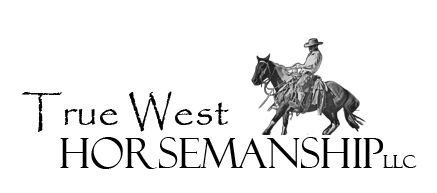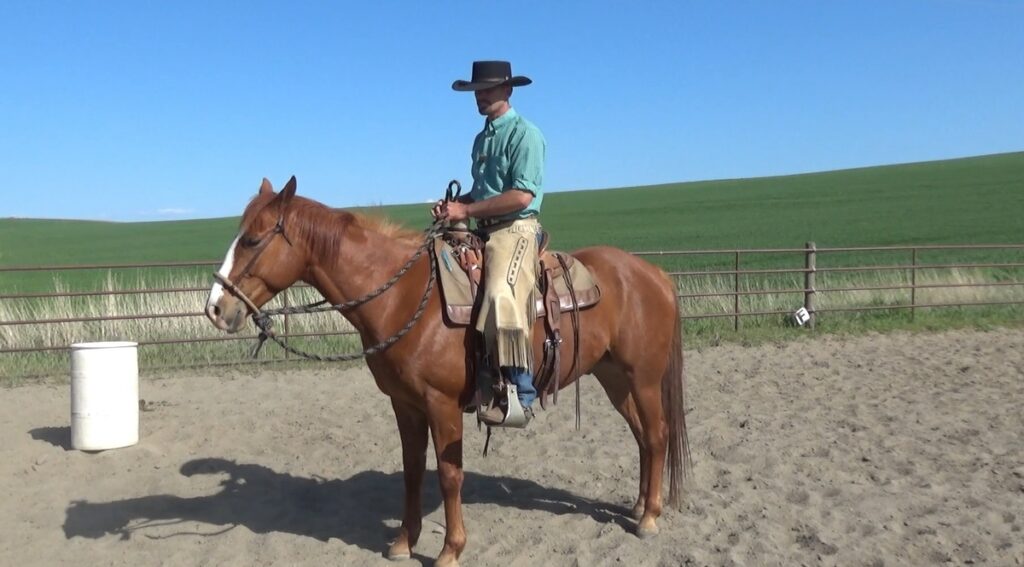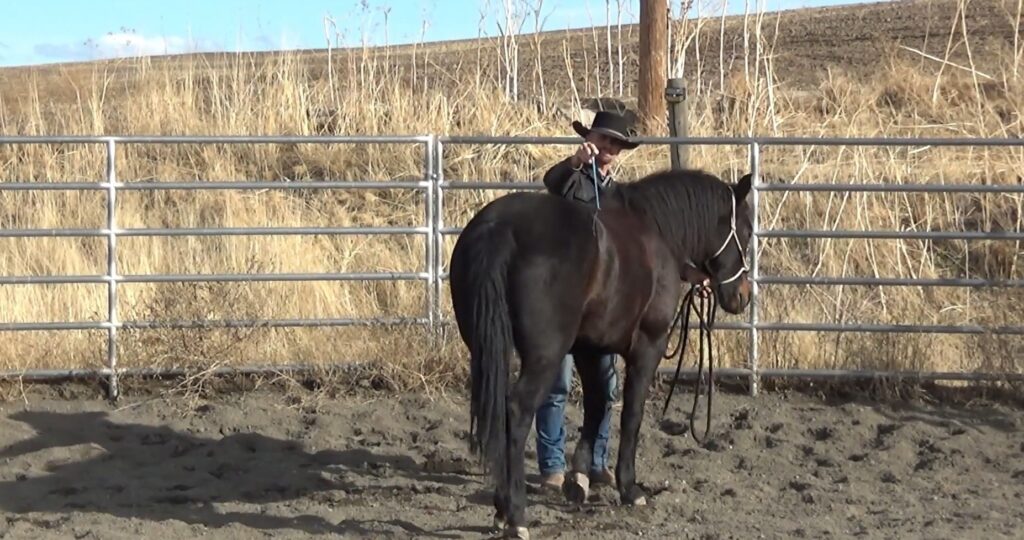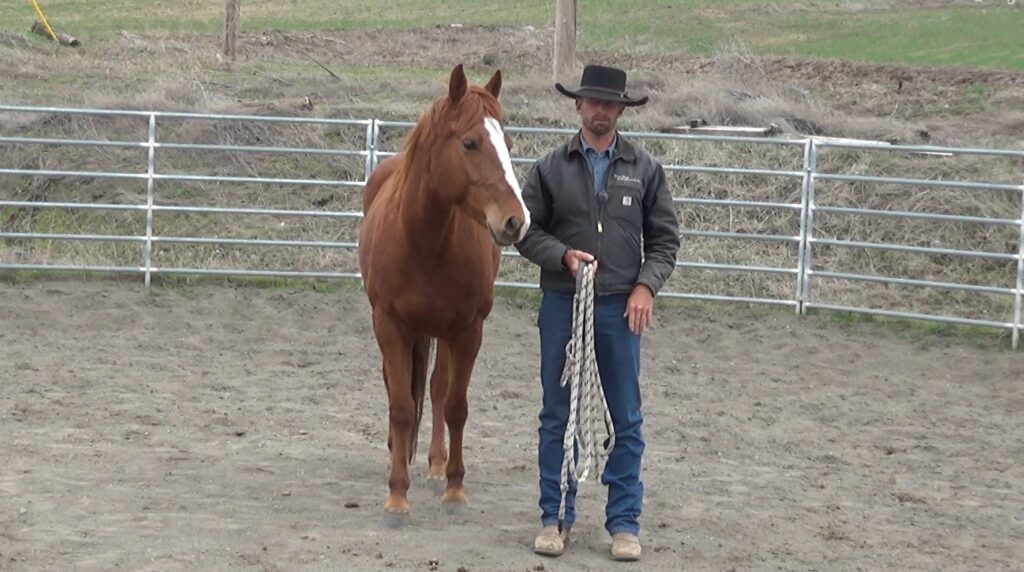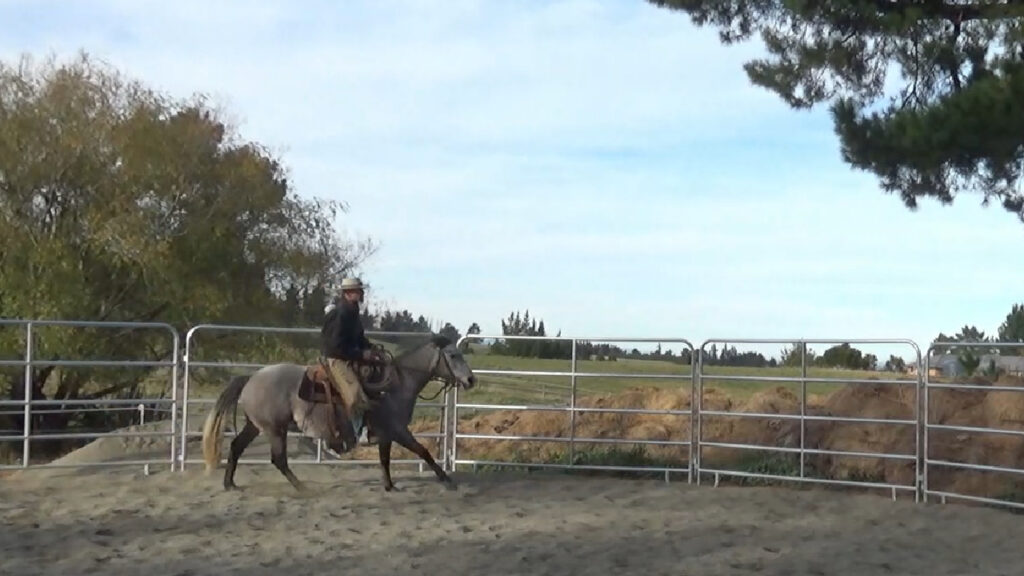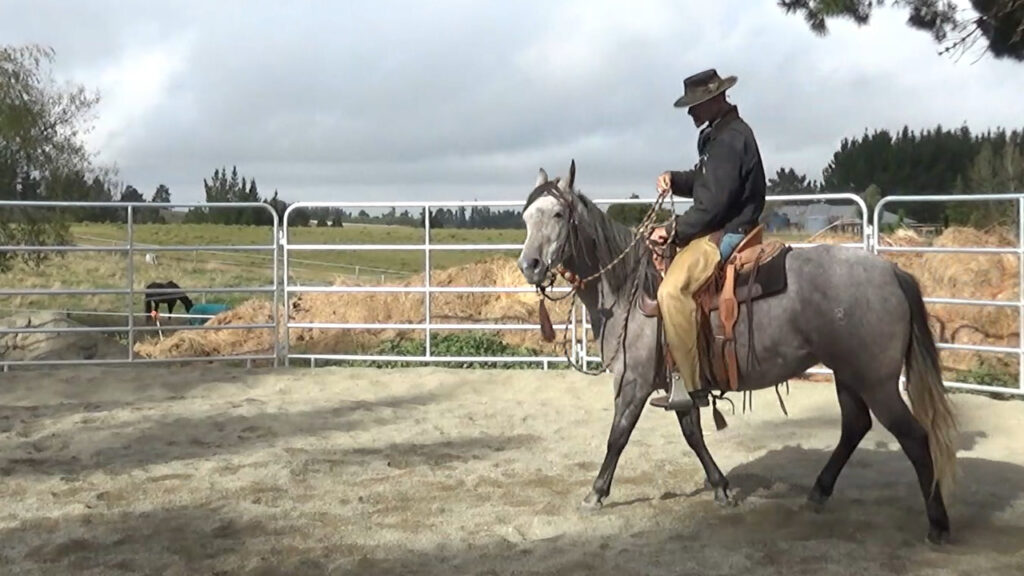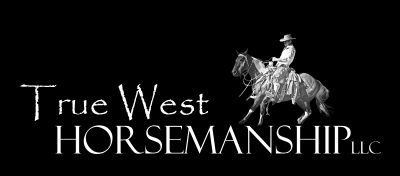Introducing the Haunches-In – part 2
In part 2 of 2, we continue the process of having the horse learn how to move the hind into the bend in the ridden work. This includes the beginning of the haunches-in and half pass, which is crucial for lead departures, flying lead changes, tempe changes, canter pirouette and more.
Introducing the Haunches-In – part 2 Read More »
